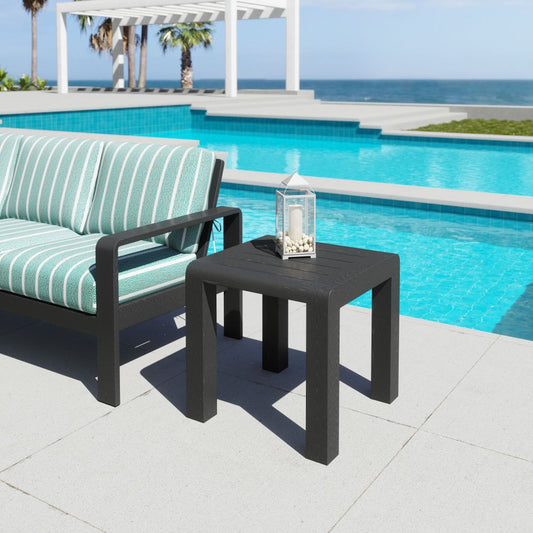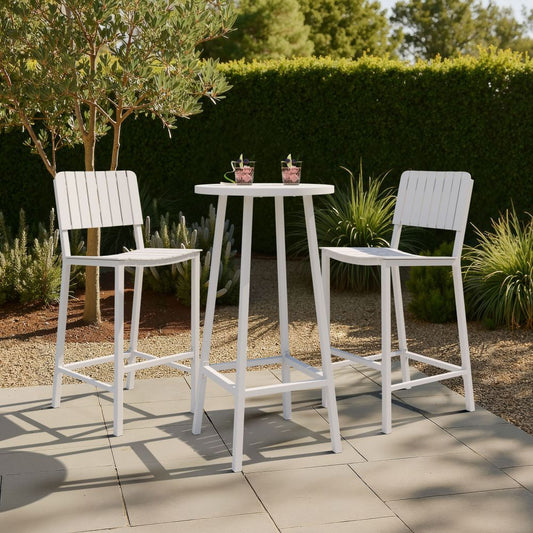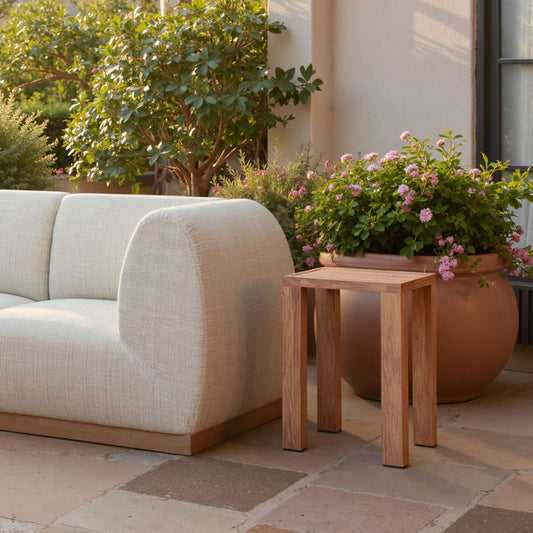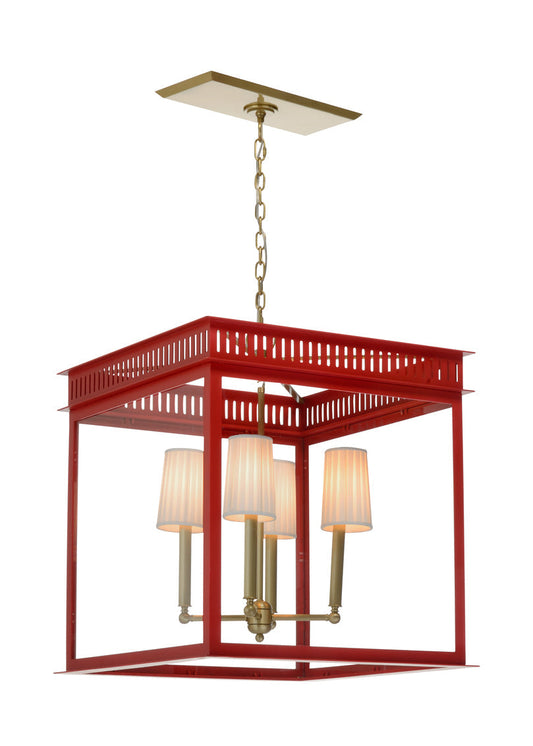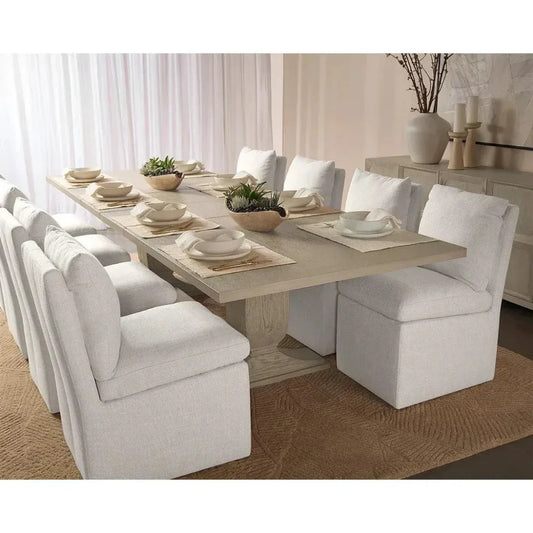Collection: All Furniture
-
Teras Olefin Fabric Outdoor Sectional Sofa
Vendor:Zuo ModernRegular price $4,620.00Regular priceUnit price / per -
Rolig Aluminum Black Outdoor Side Table
Vendor:Zuo ModernRegular price $530.00Regular priceUnit price / per -
Ren Aluminum White Outdoor Bar Table
Vendor:Zuo ModernRegular price $450.00Regular priceUnit price / per -
Regels Aluminum Outdoor Side Table
Vendor:Zuo ModernRegular price $260.00Regular priceUnit price / per -
HiTeak Solis Teak Patio Deep Sofa Set
Vendor:HiTeakRegular price $9,883.00Regular priceUnit price / per -
Oelien Ivory Washable Indoor-Outdoor Rug
Vendor:Addison RugsRegular price From $199.00Regular priceUnit price / per$289.00Sale price From $199.00Sale -
Faeriel Blue Washable Indoor-Outdoor Rug
Vendor:Addison RugsRegular price From $199.00Regular priceUnit price / per$289.00Sale price From $199.00Sale -
Quatrefoil Quatrefoil Shape Metal Pendant
Vendor:Chelsea HouseRegular price $2,988.00Regular priceUnit price / per -
Salt Run Brass Black Pendant
Vendor:WildwoodRegular price $7,634.00Regular priceUnit price / per -
Salt Run Brass Red Pendant
Vendor:WildwoodRegular price $4,897.00Regular priceUnit price / per -
Rayla Fabric Dining Armchair
Vendor:SUNPANRegular price $808.00Regular priceUnit price / per -
Renee Grey Fabric Dining Chair
Vendor:SUNPANRegular price $673.00Regular priceUnit price / per -
Glenrose Fabric Wheeled Armless Dining Chair
Vendor:SUNPANRegular price $830.00Regular priceUnit price / per -
Glenrose Fabric Wheel Dining Chair
Vendor:SUNPANRegular price $943.00Regular priceUnit price / per -
Carriage House Counter Height Breakfast Nook Set
Vendor:Sunny DRegular price $2,129.00Regular priceUnit price / per -
Globe Metal Golden Pendant
Vendor:Chelsea HouseRegular price $1,185.00Regular priceUnit price / per




